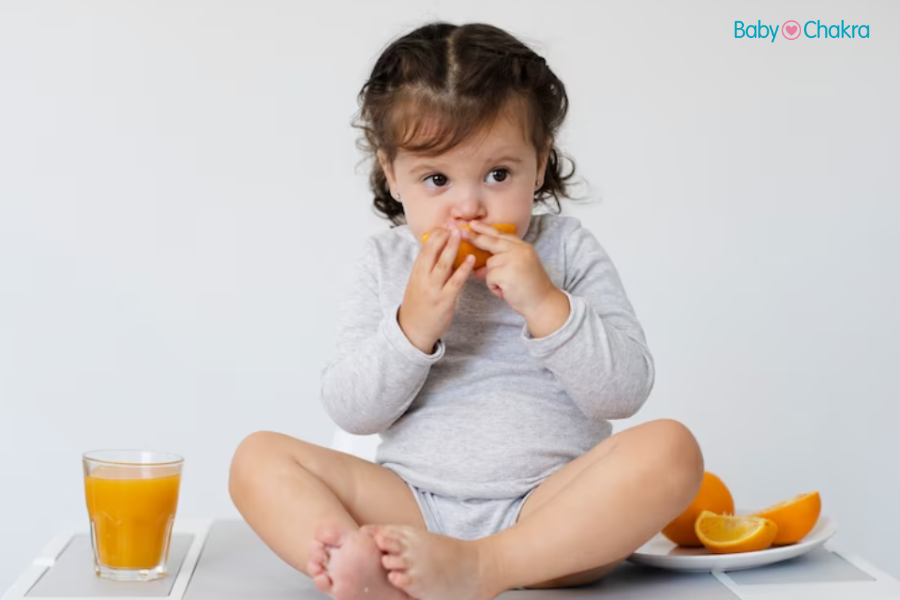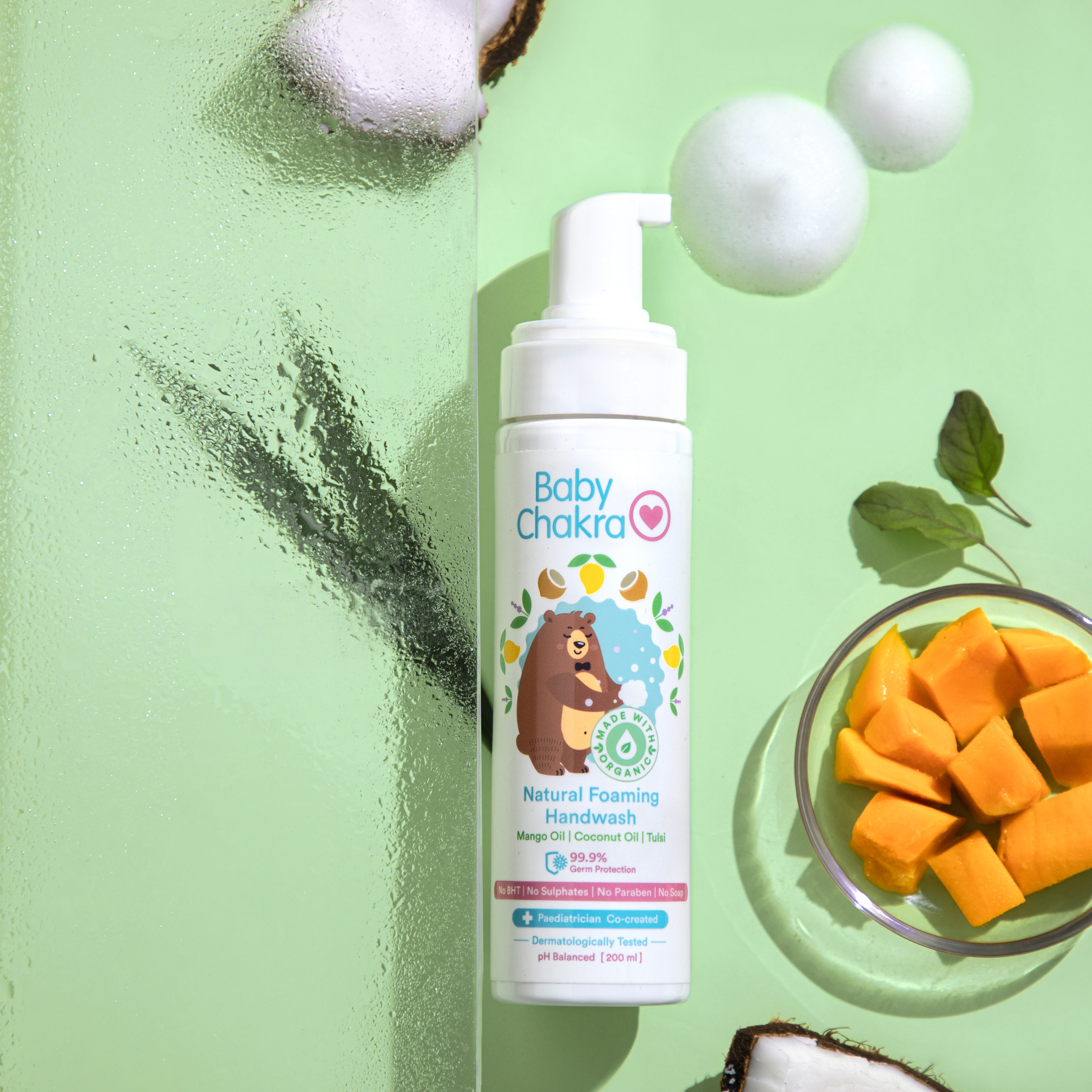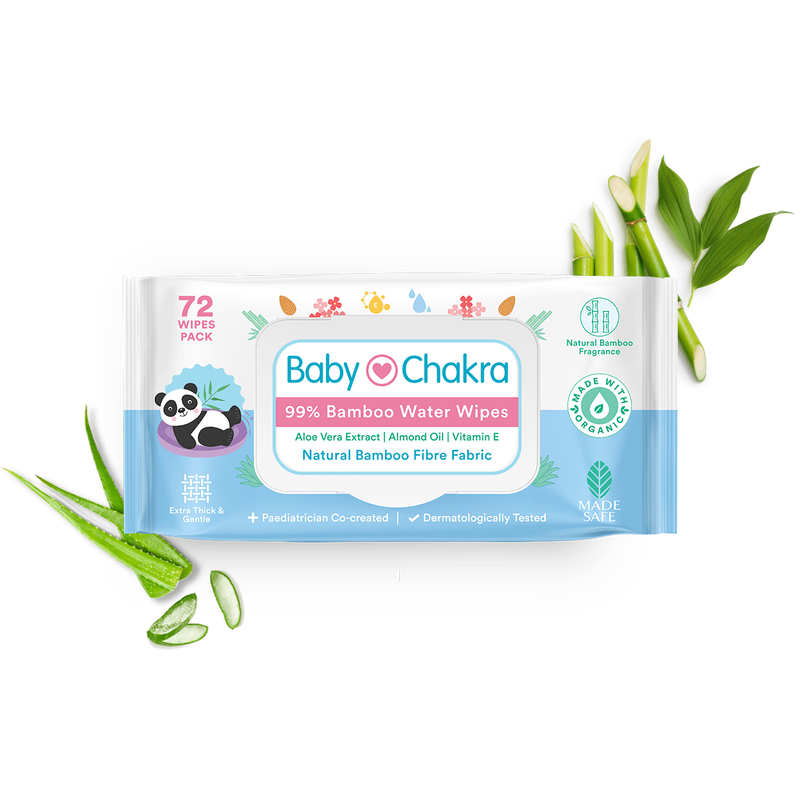
9 Safety Tips To Keep In Mind When Your Toddler Starts Self Feeding
27 Mar 2023 | 4 min Read
Manisha Pradhan
Author | 1053 Articles
Congratulations, your little one is growing up! As your toddler starts self-feeding, it’s important to take some safety measures to ensure that mealtime is both enjoyable and safe for them.
Here are some tips that will help keep your toddler safe while they explore their newfound independence.
Safety Tips To Keep In Mind When Your Toddler Starts Self Feeding
1. Use the right utensils
When your toddler starts self-feeding, it’s important to choose utensils that are appropriate for their age and skill level. You can start with a spoon or fork with a soft grip handle and rounded edges. Avoid utensils with sharp edges or points, as they can be dangerous. You can also use small bowls and plates that won’t break if they accidentally drop them.
2. Start with safe foods
When you’re introducing new foods to your toddler, start with foods that are safe and easy to chew, such as soft fruits and vegetables, cooked pasta, and rice. Avoid hard or chewy foods that can be difficult for your toddler to eat, such as nuts, popcorn, and raw carrots. Also, be mindful of any allergies your child may have and avoid foods that can trigger an allergic reaction.
3. Monitor mealtimes
It’s important to be present during your toddler’s mealtime to ensure that they’re safe and not choking. Make sure that your toddler is sitting upright in their high chair or booster seat, and never leave them unattended while they’re eating. Also, avoid distractions like the television or mobile devices, and engage with your toddler during mealtime.
4. Cut food into small pieces
To prevent choking, make sure to cut your toddler’s food into small pieces that are easy for them to swallow. You can also mash or puree certain foods, such as cooked carrots or potatoes, to make them easier to eat. As your toddler grows older and their teeth come in, you can gradually increase the size of the pieces.
5. Teach your toddler to chew
As your toddler starts self-feeding, it’s important to teach them how to chew their food properly. You can demonstrate the proper chewing technique by exaggerating your chewing motions. Also, encourage your toddler to take small bites and chew their food thoroughly before swallowing.
6. Avoid choking hazards
Certain foods are choking hazards and should be avoided during mealtime. These include foods that are round or hard, such as grapes, cherry tomatoes, hot dogs, and candies. You can cut these foods into smaller pieces or avoid them altogether until your toddler is older.
7. Maintain hygiene
Maintaining a clean environment during mealtime is important for your toddler’s health and safety. Wash your toddler’s hands before and after mealtime, and make sure that all utensils and dishes are clean and free of bacteria. Also, keep the area around the high chair or booster seat clean and free of clutter to prevent tripping hazards.
8. Be patient
Learning to self-feed is a new and exciting experience for your toddler, but it can also be frustrating at times. Be patient and encourage your toddler to keep trying, even if they make a mess or struggle with certain foods. Praise your toddler for their efforts and celebrate their successes, no matter how small.
9. Have fun
Mealtime can be a fun experience for both you and your toddler. Sing songs, make silly faces, and play games to keep your toddler engaged and entertained. Mealtime is also a great opportunity to bond with your toddler and create happy memories together.
Pro Tip: Accidents can happen, even when you’re taking all the necessary precautions. That’s why it’s important to know how to perform the Heimlich manoeuvre, which can help dislodge food from your toddler’s airway. Take a first aid course or ask your paediatrician to show you how to manoeuvre.
Remember, every child is different, and what works for one may not work for another. As a parent, it’s important to observe your child’s eating habits and adjust your approach accordingly. With patience, practice, and a little bit of fun, your toddler will soon be a self-feeding pro!
You may need these natural hygiene products when your toddler starts self feeding:
Also Read:
Why Does My Toddler Hate Diaper Changes?
Say Goodbye To Salon Stress: Learn How To Give Your Toddler Haircut At Home
Cover image source: freepik
A


Related Topics for you
Suggestions offered by doctors on BabyChakra are of advisory nature i.e., for educational and informational purposes only. Content posted on, created for, or compiled by BabyChakra is not intended or designed to replace your doctor's independent judgment about any symptom, condition, or the appropriateness or risks of a procedure or treatment for a given person.


